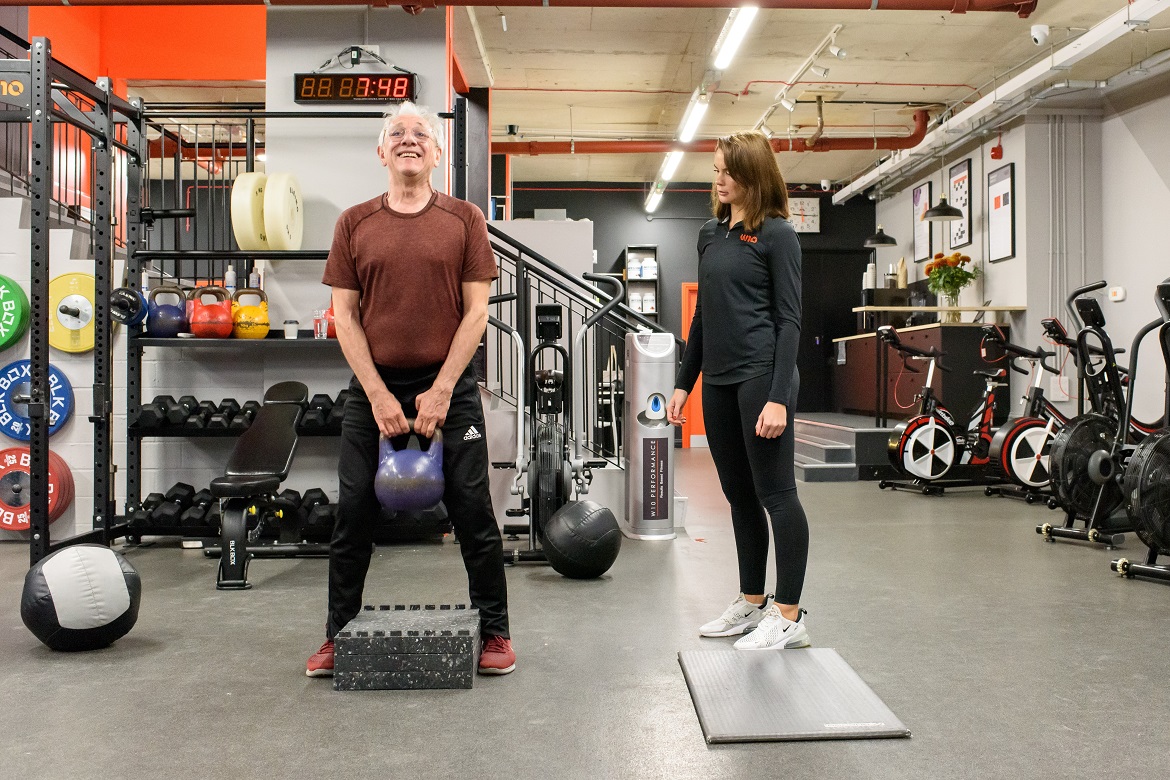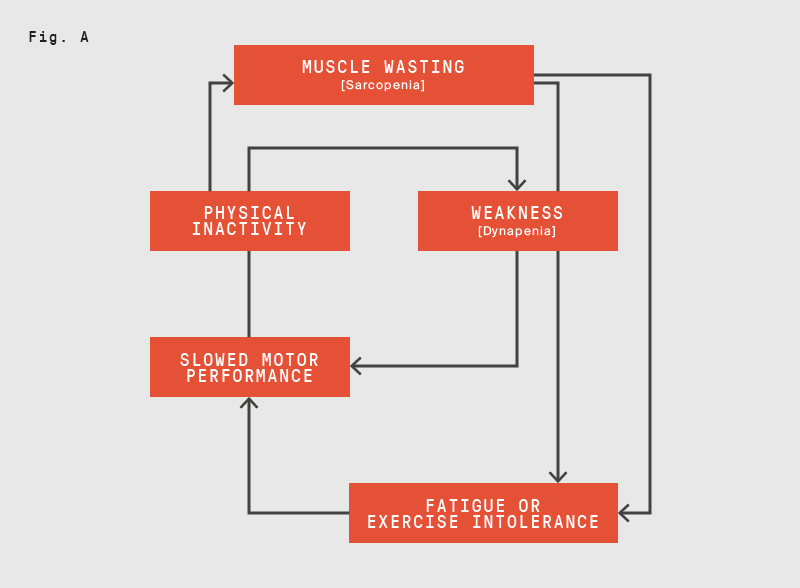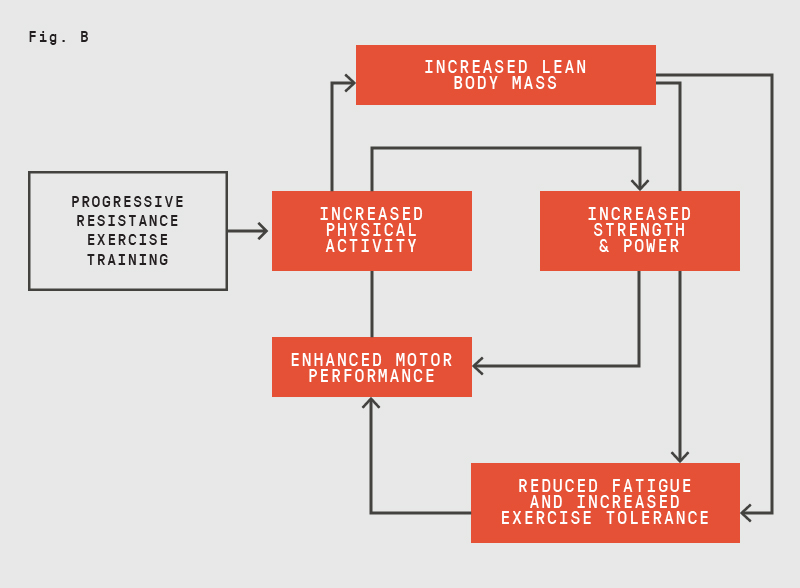
Categories
Senior Fitness – It’s Never Too Late to Start
Whether you are 25 or 80 years old it’s never too late to start exercising. Staying healthy and injury-free is essential for us all. Never truer for the older generation who want to remain active and independent for as long as possible.
What are the advantages of exercise?
There are so many benefits to exercising. Having extra strength, balance and flexibility help you enjoy a greater quality of life. From being able to play with the grandkids, to putting your socks and shoes on in the morning without pain. Not to mention being more resilient to trips and falls.
We have all know someone who has fallen, broken bones then deteriorated rapidly after being stuck in the hospital for longer than expected. As you get older the body does not recover as quickly. This is one of the reasons why exercise is so important.
Strength and resistance training improves bone mineral density, reducing injury and fall rates amongst the aging population. In the later stages of life maintaining strength, flexibility and energy are particularly important to be healthy and active for longer.
3 Principles to Get You Started With Your Fitness:
1) Move well and move often
As we age our muscle mass, strength and function deteriorate. Two conditions associated with these declines are known as Sarcopenia, the loss of skeletal muscle mass and strength as a result of aging. And dynapenia the age-associated loss of muscle strength that is not caused by neurologic or muscular diseases. These conditions can increase the likelihood of falls, fractures, social isolation, depression and lowers mobility of joints.
Ways in which we can lessen the effects of sarcopenia and dynapenia:
Resistance exercise training should be considered a first-line treatment strategy for managing and preventing both sarcopenia and dynapenia.
- Weight-bearing exercise (resistance training) provides stimulus to the muscles keeping them strong and healthy and increases your bone mineral density.
- It is important to think about exercise intensity and exercise volume. These will vary depending on how long you have been training for.
- Have at least one large protein meal a day. Adequate protein consumption helps muscles growth and development.
2) Strong is for everyone
Ageing is associated with several physical and functional declines that can contribute to increased disability, frailty, and falls. Done regularly e.g., 2 to 3 days a week. Free weight and bodyweight exercises, build muscle strength and muscle mass and maintain bone density, independence, and vitality with age.
In addition, strength training can reduce the risk of osteoporosis and the symptoms of numerous chronic diseases such as heart disease, arthritis, and type 2 diabetes, while also improving sleep and reducing depression.
Below is a chart that shows the interaction of non-activity compared with the increase in physical activity, this demonstrates how important it is to remain strong as you get older and how much of an impact physical activity has.
Conceptual interactions between physical activity, sarcopenia, dynapenia, fatigability, exercise tolerance, and physical function (diagram A) and how progressive resistance exercise training can modulate these various phenotypic factors (diagram B).
Note that other influences, such as nutritional, cognitive, and psychological factors, are not shown for clarity.
Adapted from Liu and Fielding. Exercise as an intervention for frailty. Clin Geriatr Med. 27:101–10, 2011.
3) Prioritise multi-joint, full-body movements using free-weights and bodyweight.
Full-body movements (compound exercise) refers to using multiple muscle groups at once. This provides a greater stimulus to the nervous system and muscles being worked, thus creating a greater effect.
Full-body movements like squats, deadlifts, push-ups, hanging, and Turkish get-ups prepare you for real-life demands. For example, getting up and down from a chair, having to pick up something off the floor, bending over and standing up from gardening, we all know someone who has pulled there back out from gardening.
Having a programme with multi-joint exercises and full body movements that work on stability and anti-rotation provides stimulus to the muscles around our hips and spine which creates a greater opportunity for muscle strength, which can decrease the risk of pulling your back out.
Here at Foundry, we train people at all levels of fitness and ages. The guidelines above are a great place for you to start. When it comes to aging, moving well and often is key. Remember strong is for everyone. Prioritise full-body movements they will give you confidence outside the gym too in your daily activities.
If you have any questions on the above or would like some advice on how we could help you with your fitness goal, don’t hesitate, visit our gym and try one of our personal fitness training sessions.
Related Articles
- Fit at 50
- Fitness For The Over 50s
- Training In Your 50’s Compared To Your 30’s: Does Anything Need to Change?
- How Do Men and Women React Differently to Exercise?
- Being a Dad and Keeping Fit




